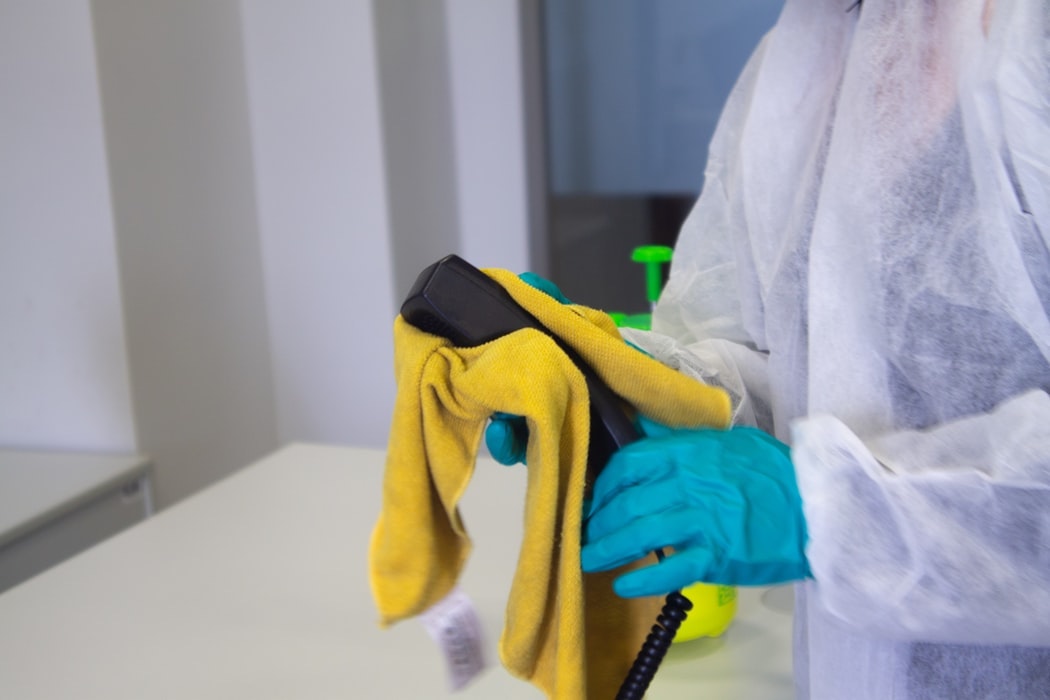All About Chemical Products: Crucial Info for Safe Use and Handling
When working with chemical products, knowing their buildings and possible dangers is essential for your safety. You should understand exactly how to handle them appropriately to prevent mishaps. Let's discover the vital practices that can maintain you and your setting risk-free.
Recognizing Chemical Properties
Understanding chemical properties is necessary for anybody functioning with or around unsafe products. Understanding whether a chemical reacts with water or air can guide you in storage space and handling methods.
Additionally, comprehending the physical residential properties, like boiling and thawing points, educates you about the problems in which a substance can transform state. Acquainting yourself with these characteristics assists you make notified choices during your job. Constantly describe Safety Information Sheets (SDS) for in-depth details on details chemicals. By comprehending these buildings, you're not simply safeguarding yourself; you're additionally contributing to a more secure job atmosphere for everyone around you.
Safe Handling Practices
When dealing with chemicals, it is important to comply with secure handling methods to lessen dangers and guarantee your safety and security. Constantly put on ideal individual protective equipment (PPE), including gloves, goggles, and laboratory coats. Acquaint on your own with the Product Safety Data Sheets (MSDS) for every chemical, as they give significant information concerning hazards and emergency treatment actions.

Always clean your hands thoroughly after dealing with chemicals, even if you used gloves. By adhering to these methods, you'll produce a more secure setting for on your own and those around you.
Proper Storage Strategies
To assure the security and stability of chemical products, it's necessary to save them appropriately. Beginning by keeping chemicals in their initial containers with tags undamaged.
You should also separate inappropriate chemicals, such as acids and bases, to stop unsafe responses. chemical products kingwood texas. Make sure racks are strong and protected to stop tipping. Additionally, use secondary control, like trays, to capture any type of leakages or spills
On a regular basis examine for expiry days and signs of deterioration, and if you observe any kind of problems, act quickly. Validate that your storage space location is well-ventilated and accessible just to licensed workers. Complying with these guidelines helps produce a more secure setting for you and others who might come right into contact with these items.
Disposal Standards
Proper disposal of chemical items is vital for both safety and security and environmental management. Inspect local policies for details disposal standards, as they can differ widely. Never pour chemicals down the tubes or toss them in regular trash unless explicitly allowed. Rather, seek assigned collection sites or harmful waste programs in your area.
If you're taking care of smaller sized amounts, consider utilizing up the item as designated or contributing it to someone that can utilize it. Constantly safely seal containers to stop leaks and label them plainly.
When transporting chemicals for disposal, maintain them upright and stay clear of blending various substances, as this can create dangerous reactions. It's likewise sensible to keep the initial tags intact for identification. By adhering to these disposal guidelines, you'll add to a more secure setting and decrease the danger of accidental exposure or contamination.
Recognizing Possible Risks
When collaborating with chemical products, identifying prospective risks is essential for your safety. Start by determining chemical labels and comprehending safety and security data sheets, as they offer important information. Familiarizing on your own with typical danger symbols can also aid you stay alert to any type of dangers involved.
Recognizing Chemical Labels
Identifying chemical tags is essential for guaranteeing safety and security in settings where hazardous products are existing. When you come across a chemical, look for signs showing its risk degree. Furthermore, check for any type of warnings or safety and security instructions that come with the label, as these guide appropriate handling and storage space.
Recognizing Safety And Security Information Sheets
Safety And Security Data this post Sheets (SDS) are important documents that supply comprehensive details concerning chemical products, including their prospective hazards. When you take care of chemicals, it's crucial to check out the SDS to understand the dangers included. Each sheet describes vital details such as toxicity, flammability, and sensitivity, assisting you acknowledge exactly how these aspects might influence you and your environments. You'll also discover info on secure handling practices, initial aid measures, and emergency situation reaction treatments. Familiarizing yourself with the SDS can greatly minimize crashes and injuries. Constantly keep these sheets easily accessible, and refer to them whenever you're unclear concerning an item. By doing so, you're taking essential actions in the direction of guaranteeing your safety and security and the security of those around you.
Typical Danger Symbols
Understanding the info on Security Data Sheets (SDS) assists you acknowledge numerous risk symbols that indicate potential dangers linked with chemical items. These icons work as fast visual cues, signaling you to dangers like poisoning, flammability, or corrosiveness. A skull and crossbones suggests a dangerous substance, while a fire icon cautions of flammable materials.
Always read labels and comply with safety and security preventative measures. Keep in mind, it's important to save chemicals properly and use personal safety equipment (PPE) when required.
Emergency Treatment Procedures for Chemical Direct Exposure
When you run into a chemical direct exposure, understanding the right emergency treatment measures can make all the distinction in reducing harm. Initially, if a chemical splashes right into your eyes, rinse them instantly with clean water for a minimum of 15 minutes. Remove contact lenses if you use them. If skin call takes place, clean the area completely with soap and water. Eliminate any type of infected clothes.

For inhalation, transfer to fresh air today. If you're having trouble breathing, seek clinical interest quickly. If someone ingests a chemical, do not cause throwing up unless advised by a poison nerve center or a physician.
Constantly have safety and security information sheets (SDS) accessible to offer information regarding the specific chemical included. Keep in mind to call emergency services if the direct exposure is extreme or if symptoms persist. Your fast activities can substantially reduce the risk of serious injury.
Resources for Chemical Safety Recognition
To efficiently browse the world of chemical safety and security, it is necessary to take advantage of a range of sources that can improve your understanding and preparedness. chemical products kingwood texas. Start by checking out internet sites like the Occupational Security and Health And Wellness Management (OSHA) or the National Institute for Occupational Safety and Health (NIOSH), which supply guidelines and safety and security information sheets
Furthermore, think about taking on-line training courses or webinars focused on chemical security and handling treatments. Neighborhood neighborhood colleges often provide workshops, too.
Do not forget the relevance of joining appropriate professional companies or forums where you can attach with others in the area.
Make certain to keep a well-stocked collection of safety and security guidebooks and emergency response guides.
Finally, always remain upgraded look here on guidelines and finest practices by registering for sector newsletters or adhering to safety and security blogs. These sources will certainly equip you to take care of chemicals safely and sensibly.
Often Asked Concerns
What Individual Safety Devices Should I Make Use Of When Dealing With Chemicals?
When handling chemicals, you should wear safety goggles, gloves, and a lab coat. Depending upon the chemical, take into consideration making use of a respirator or face shield. Constantly prioritize your safety and assurance proper air flow in your work space.

How Can I Recognize an Unknown Chemical Item?
You can recognize an unidentified chemical item by examining labels, analyzing physical buildings, and getting in touch with security data sheets. If unclear, prevent direct get in touch with and seek expert assistance for appropriate identification and managing procedures.
Exist Age Restrictions for Acquiring Certain Chemicals?
Yes, there are age restrictions for buying certain chemicals. You'll often locate that items like solvents or chemicals need you to be at the very least 18 or 21, depending upon neighborhood regulations. Constantly check before getting.
Can Chemicals Be Mixed for Easier Disposal?
Blending chemicals for much easier disposal isn't safe. Always examine standards and speak with experts to ensure you're disposing of chemicals appropriately and securely.
What Should I Do in Situation of a Chemical Spill in the house?
In instance of a chemical spill in the house, remain calm. Evacuate the location, stay clear of breathing in fumes, and call for assistance. Do not try to cleanse it up unless you're trained and furnished for the pop over to this web-site particular compound.
Final thought
Finally, being experienced regarding chemical products is important to guaranteeing your safety and security and the security of those around you. By understanding chemical homes, practicing risk-free handling, and complying with correct storage space and disposal guidelines, you can minimize threats. Constantly remain sharp for possible dangers and recognize the emergency treatment actions for chemical exposure. Remember, continuous education and learning and recognition are important in advertising accountable chemical monitoring. Stay informed, remain risk-free, and make safety a leading priority in your setting.